-
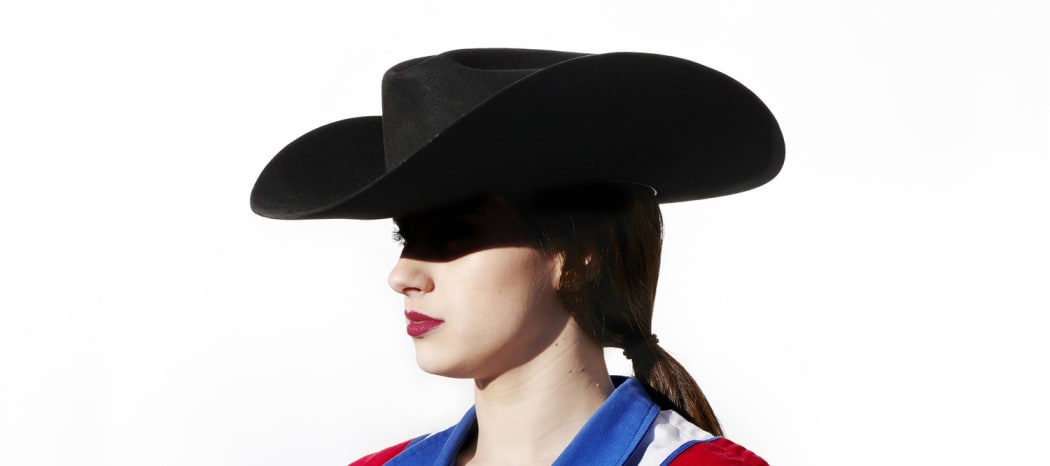 Character Study 05, 2018 (detail)
Character Study 05, 2018 (detail)Bright colors accented by deep shadows draw us in to a Western stage of Nancy Newberry’s creation, Smoke Bombs and Border Crossings. Influenced by her Italian heritage and her Texan roots, the photographs in the show function as a contemporary Spaghetti Western, investigating the spectacle at the core of the Wild West. With meticulous attention to costume and uniform, the director artfully stages scenes of archetypal characters - American cowboys, Mexican charros, and soldiers costumed in marching band uniforms. Newberry’s work investigates the artifice and the real, the mythologies and the histories, the actors and the stage.
-
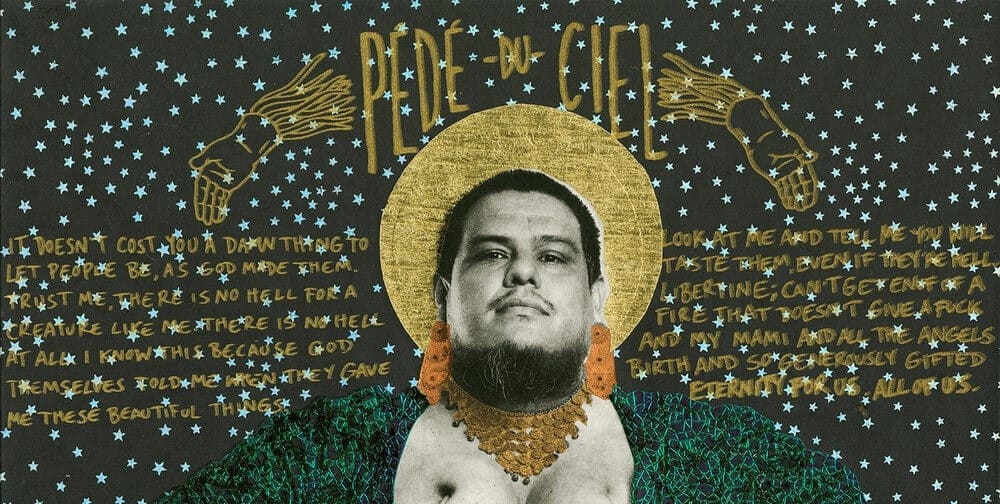 Gabriel García Román, Dorian, 2019
Gabriel García Román, Dorian, 2019 -
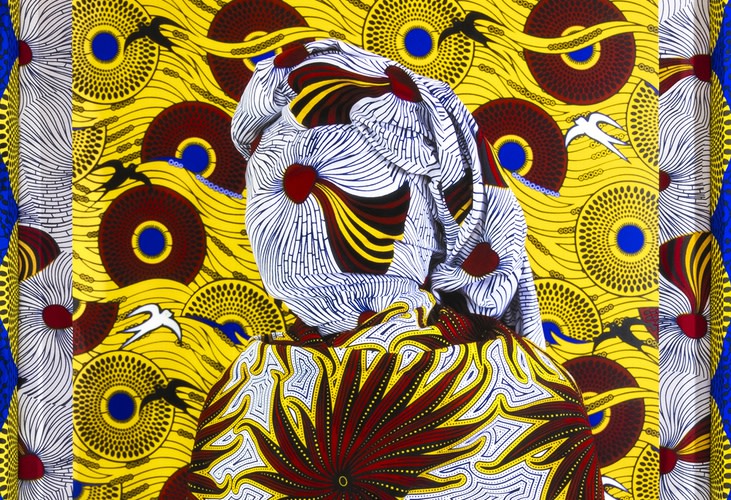 ©Alia Ali, Odyssey, MIGRATION Series, 2021
©Alia Ali, Odyssey, MIGRATION Series, 2021Cartographies of Pattern: The Work of Alia Ali
By Geoffrey C. KoslovAlia Ali uses a global palette of fabrics and photography to map culture and history. She is a US multimedia artist, photographer, and a global traveler with a Yemeni-Bosnian heritage, who is fascinated by the use and meaning of language and the patterns of hand woven indigenous fabric As Ali expresses it: “Textile unites and divides us, both physically and symbolically.” Her art reflects on the politics of borders, colonization, language and the non-verbal passage of traditions and cultural stories through fabrics created by master artisans from around the world. As a purposeful artist on a mission, Ali has made a concerted effort to meet the craftspeople who create these fabrics. She has traveled extensively to learn about meaning and processes associated with the fabric, patterns and pigments. While the fabrics are regional, the appreciation and production has become global. On the surface, these may plainly look like an exciting colorful presentation, but what is covered and explored in the exhibition “Cartographies of Pattern” is a deeper journey, guided by Alia Ali’s imagery, into the story behind each threaded weave of her BORDERLAND, FLUX, MIGRATION, FLOW, INDIGO and حب (ḥub) // LOVE series.
-
 ©Karen Navarro, Untitled (perspective), 2021
©Karen Navarro, Untitled (perspective), 2021The Constructed Self Commentary
By Geoffrey C. KoslovKaren Navarro, an immigrant from Argentina, with a heritage rooted in an indigenous people, now living in the United States, uses a photography-based multidisciplinary approach to self discovery, womanhood and the impact of social media on ourselves and others. All these concepts are woven together in her use of photography, collage and sculpture. Her work is, at the same time, non-traditional portraiture of others and self-portraiture. Her newest work, “The Constructed Self”, is a continuation of an examination of “self” that threads through all of her previous efforts.
-
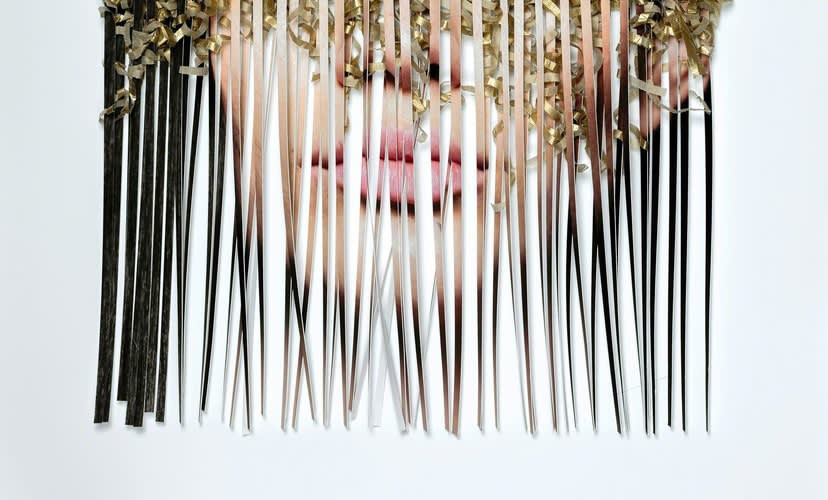 © Lou Peralta, Disassemble 23 (2018)
© Lou Peralta, Disassemble 23 (2018)Lou Peralta – “Disassemble”: A Portraiture Study of Mexico
By Geoffrey C. KoslovLou Peralta’s portraiture project “Disassemble” seeks out people from different regions of Mexico that reflect the country’s varied cultural heritage and celebrates the diverse genetic make-up of their physical characteristics. Peralta seeks to build appreciation for a new Mexican identity and overcome certain stereotypes and preconceptions. The images are embedded, sewn, and woven with materials that Peralta says are the “DNA” of Mexican life from the regions that the people photographed call home. She feels her images will create a new energy and consciousness regarding what it means to be Mexican.
-
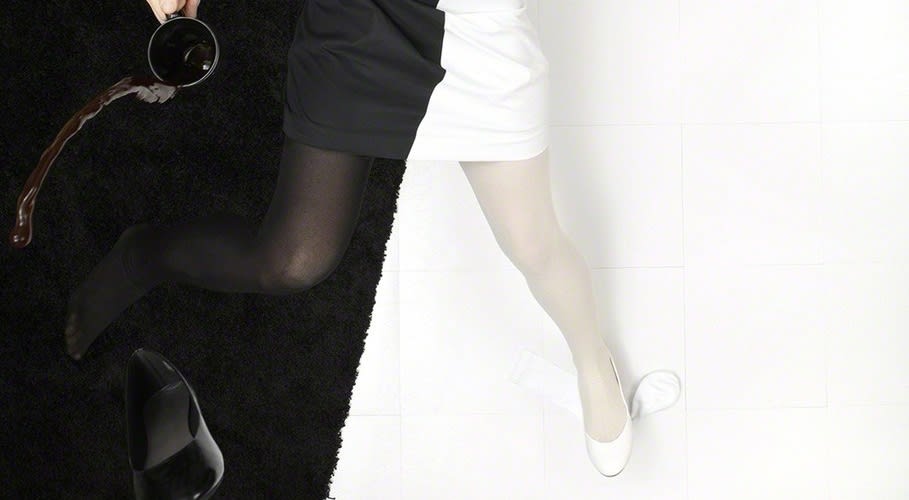
-
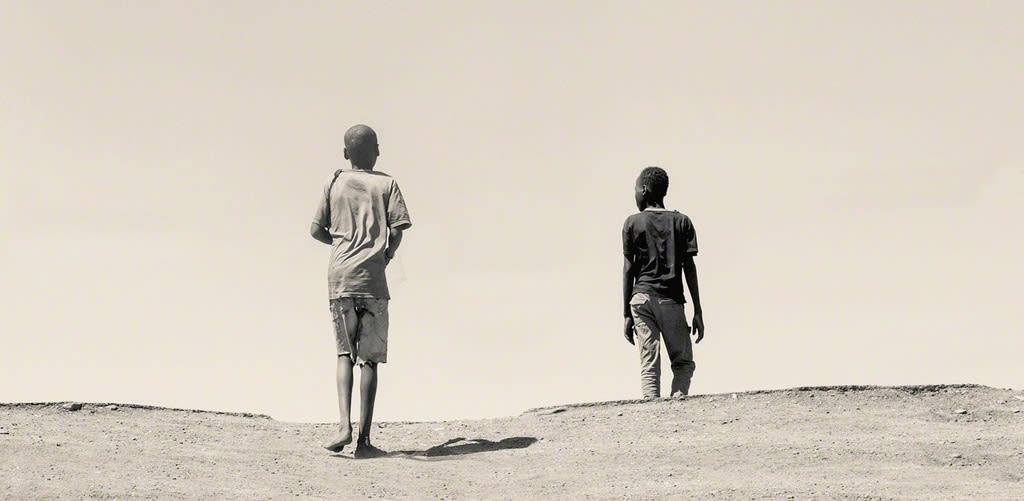
Documentary Photography-The Work of Marti Corn
By Geoffrey C. Koslov“Photography is the only “language” understood in all parts of the world, and bridging all nations and cultures, it links the family of man”
– Helmut Gernsheim (1)
While photographic images are a universal language, there are different approaches a photographer can take to record what they see. Just as different languages have similar words, how the word is used can have a very different connotation. An image can be about everyday events, informally captured as a kind of snapshot—or a “vernacular” photograph. Alternatively, the image can be a more intentional documentary or journalistic/news-type capture.
-
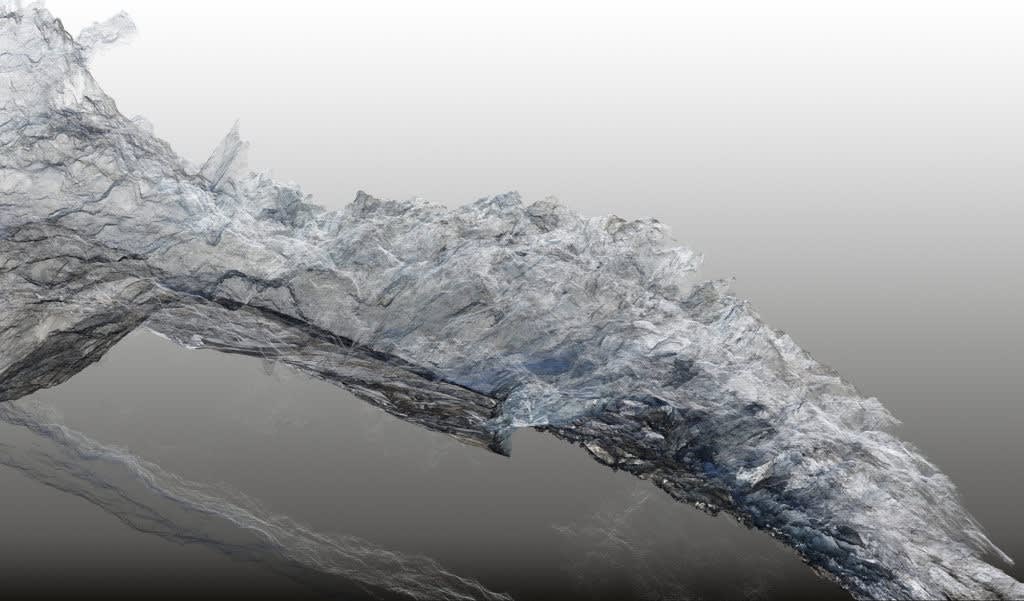
Paris Photo: Trends in Photography
By Geoffrey C. KoslovParis Photo 2016, held in the Grand Palais, had more than 150 galleries (1) representing approximately 3,300 photographers from around the world. The photography displayed included a mix of both vintage and contemporary works. Twenty-nine publishers/book dealers on photography were also on exhibit at Paris Photo. The vast majority of the dealers were from outside of the United States. This does not include all the satellite exhibitions at museums and other Paris based galleries presenting photographic work. Clearly, much to absorb. The exhibitions included several photographers using photography as a platform for different styles of artistic expression. Out of all this work, this Commentary is about five photographer/artists: Dan Holdsworth, Iris Hutegger, Elene Usdin, Letha Wilson and Kate Steciw.
-
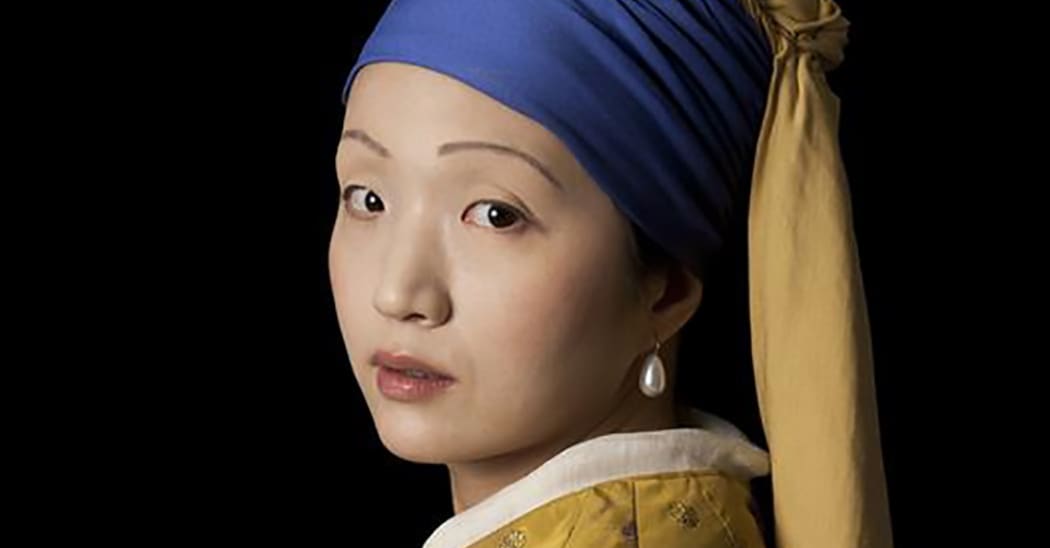
Portraiture in Contemporary Photography - Part 1
By Geoffrey C. KoslovHumankind has created portraits since its earliest days. (1) Portraiture took a large leap with the development of photography in the nineteenth century. We are intrigued with facial expressions whether looking at an image of a child, adolescent or adult. Consciously or subconsciously we give each part of the face close inspection looking for insight into the subject’s personality: their disposition, motivations, intentions. Examining photographic portraits has been a way we practice “critical thinking about identities, how images relate to social, historical and cultural contexts and how ideas, feelings and meanings are conveyed through portrait photography and ultimately how they shape our history”. (2)
-

Jane Szabo: “Sense of Self”, Performance and Photography
By Geoffrey C. KoslovJane Szabo’s series, “Sense of Self”, is a universal visual statement addressing the mental and physical struggles many of us feel. Szabo wrote: “It was time to expose my “Self” and reveal my own vulnerability. Sense of Self is a performance-based series of conceptual self portraits that use blur, movement and light to add a psychological element to the work. These images explore my struggle to maintain a rigid sense of order within my self and my environment (a process that is failing). This attempt and failure to contain chaos parallels my personal struggles and sense of identity. Unfortunately, this self-imposed rigid sense of order, a self that wants to grid, to sort, to map, to control, conflicts with my need to escape into freedom.” (1)
-

Medium Festival of Photography Part 1
By Geoffrey C. KoslovI was privileged to participate as a reviewer at the Medium Festival of Photography in late October in San Diego, California. The setting and photographers were exceptional in all aspects. The work ranged from traditional photography (discussed in this Commentary, Part 1) to creative and imaginative conceptual pieces (to be discussed in Part 2 of this Commentary). Space does not allow for commenting on all the great work seen, so I have selected a few artists to discuss that offered some interesting features that really attracted my attention. This is Part 1 of the discussion.
-

Lori Vrba – “Assemblage” – Photography into Sculpture
By Geoffrey C. KoslovLori Vrba’s current work, “Assemblage”, (1) revisits an important development in photography-based art. In the 1960s and 1970s, artists started to incorporate photography into works of art. Many of those artists did not start out as photographers, and many lacked any formal training in photography. Many were sculptors or painters.